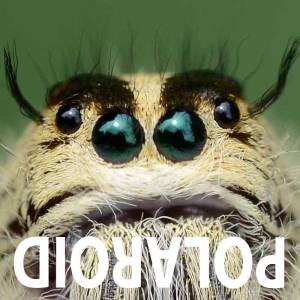Another hopper
Identification - Caryanda spuria.
I shot my first image before 07:30. Usually early starts don’t produce much to work with, but often more unusual subjects. Today was an exception with 16 different subjects to choose from. I had a short list of five good shots, but once again, the hopper wins the spot.
The main reason for the early start, was to have a go at the blue carpenter bee, which I spotted yesterday, but nothing happening today, not even any tree shrew action.
There are a few bugs that are conspicuous in their absence;
The golden orb web weaver. I am seeing a few very small specimens, of about 1.5” span, but this spider will reach 8” span when fully mature. The spider has a life cycle of only 15 months, the last three months spent tending her spiderlings. Quite surprising for such a large spider to have such a short lifespan, you might think that it would take several years to reach such an enormous size. The adults die off around November/December.
The long Jawed spider, usually infest the paddy crops in their thousands. Didn’t see a single one today. This is quite possibly a seasonal creature, hinting that maybe it is actually from a colder climate, as there is certainly no need for hibernation here. The wet season, though particularly wet this year, is usually not that much different to the dry season.
The dragonfly that flies in large clouds, pantala flavacens, I haven’t seen any of. Quite annoying, as I wish to study this species more closely this year.
Ladybirds, maned forrest lizard, mantids, several wasps and beetles, to name but a few that I have not seen since my return.
I am yet to see any colourful frogs, also the lantern bug. They should be here, but still never seen. Still lots to achieve at this location.
Dave
- 43
- 8
- Nikon D7000
- f/6.3
- 105mm
- 200

Comments
Sign in or get an account to comment.


